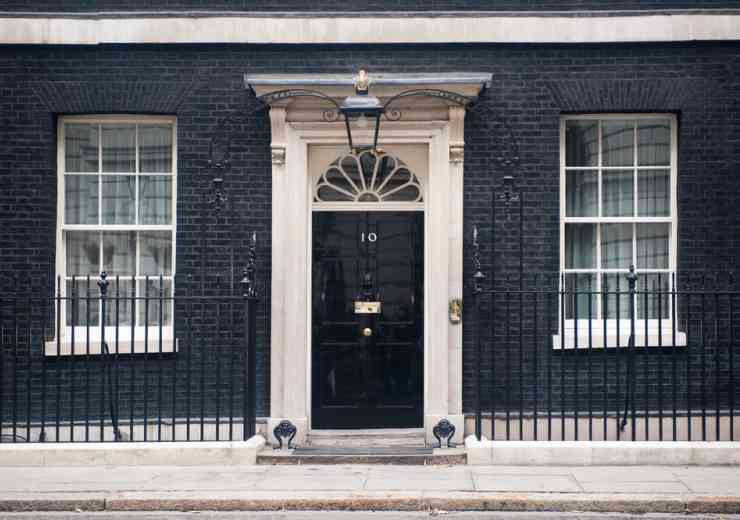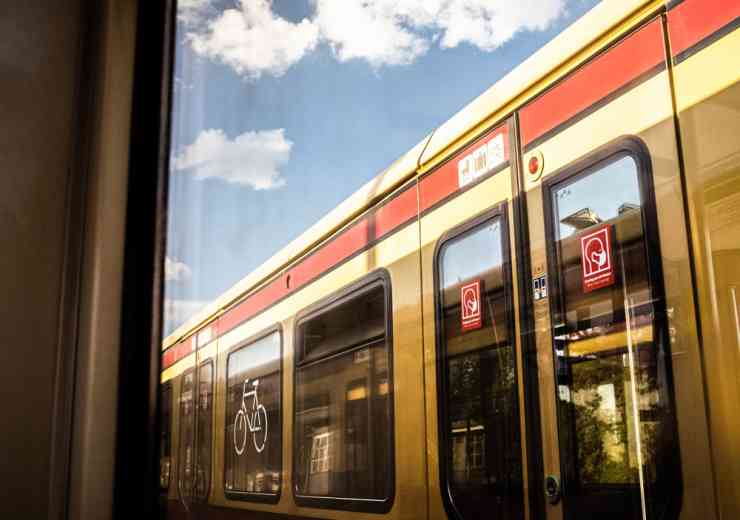International Armoured Vehicles Post Show Report
The International Armoured Vehicles (IAVs) 2014 conference in February truly delivered an exceptional agenda underpinned by the event’s most authoritative speaker faculty ever, which included keynote presentations from the UK’s DE&S Minister Philip Dunne, the Chief of the General Staff for the British Army General Sir Peter Wall, and General Sher Mohammad Karimi, Chief of the General Staff of the Afghanistan National Army.
The high-level presentations explored all aspects of the armoured vehicle operating environment such as future requirements from nations investing in protected mobility, ideas for how the military and industry can work better together, and alternatives for more cost effective fleet acquisition in the future. Under the informed direction of Lieutenant General Sir Gary Coward, the Chairman of the conference, the presentations were also considered within a wider defence industrial context, offering practical solutions to contemporary challenges faced by government, industry and the military.
For example, during his keynote presentation, Philip Dunne MP said that investment in the UK’s future armoured vehicle programmes will need to focus on a broad set of capabilities to allow for a flexible response to potential conflicts in as yet unknown terrain.
“We do not know today where those future flash points will be and we cannot assume we will be in another place like Basra in the future,” said Dunne. “As one vista closes, another opens up – we have to scan the horizon and reset our armoured vehicle capabilities.”
The key words for the future are modularity, commonality, and agility as British Forces require armoured vehicles that are designed with common bolting fixtures that allow appliqué armour to be removed and added – in theatre – with minimal effort and equipment.
CGS Gen Sir Peter Wall and CGS Gen Sher Karimi both spoke off the record – meaning we are not authorised to report on what was said during their candid discussions with the delegation – but provided exclusive insight into the future plans of their respective armoured vehicle fleets. Importantly, both maintained that armoured vehicles have long been the back bone of the Army and will remain so for many years to come.
Lt Gen Donald Campbell, Commanding General of U.S. Army Europe, missed his flight to Farnborough having “misjudged” the stormy weather conditions, which at time of writing have brought the UK into a state of national emergency and called for the intervention of British Armed Forces. Proving that every challenge has a solution, the Lt Gen was instead beamed live into the conference theatre via Skype from his base in Germany. Appropriately, Campbell’s address spoke much of the need for technological progress and a renewed focus on the further development of on-board electronics and communication systems. He examined the U.S. Army’s current “period of extreme change” and explored what this will mean for industry over the next decade and beyond.
Lt Gen Luiz Felipe Linhares Gomes, Chief of the Brazilian Army’s Programme Management Office, provided an insightful update on his nation’s new VBTP-MR Guarani armoured personnel carrier fleet, currently being manufactured locally with the aim to see 2,044 vehicles produced by 2030. Linhares was keen to meet with several companies who may be able to work on the Army’s plans, but also found that the differing opinions and paths of other nations was a rare chance to compare and assess Brazil’s doctrine for the future . “This is the second time I’ve come here [to IAVs]. The first time, I identified the opportunity to meet the people and talk about our project. It was very good, but this one is better.”
Exploring alternative procurement options, a G6 panel of industry experts discussed the possibility of leasing vehicles to governments rather than selling to them outright on Day One of the conference.
Andrew Jankel, Chairman of British-based armoured vehicle conversion specialist Jankel, said it is an option the company offers to customers today, but as yet has not seen any uptake. Jankel questioned whether the process would actually deliver any significant cost-saving to the end user and suggested that perhaps other acquisition models would be more effective. This led a Thales representative to suggest a multi-national based procurement programme, similar to that which had been previously mentioned by Philip Dunne.
“Every country needs to own disaster relief vehicles for ever and always,” the Thales spokesman insisted. “But does every country need main battle tanks? Couldn’t countries get together and pool their requirements for specialised equipment? Do we need to own these individually?...I’m not so sure.”
Colonel Gustaf Fahl, Commander of Seden’s Land Warfare Centre, expressed his appreciation for the G6 Panel, saying that the public assessment of modern traced and wheeled vehicles between industry leaders was “very interesting since we [Sweden] are now in a situation where we are discussing the requirements for the next generation of vehicles.”
While many nations cut back on vehicle numbers and budgets, the French Army’s Brig Gen Charles Beaudouin, Director of the Technical Army, explained how it was bucking the trend and laid out an impressive plan for future procurement as it aims to have a totally replenished fleet by 2025. This included programme updates on Scorpion, the Light Tactical Multi-Purpose Vehicle (VLTP) and Investigation Armoured Vehicle (VBAE).
Polish Land Forces are now engaged with the international industry to see the start of several new vehicle programmes, including infantry fighting vehicles, light tanks and heavy recovery vehicles. Brig Gen Slawomir Wojciechowski, Director of Strategy and Defence Planning at the Polish MoD, was in attendance to seek consultation with partners and allies “for ideas when it comes to policy and trends during a time of shrinking budgets and a post-Afghanistan situation.”
“No one knows how the future will be,” Wojciechowski said. “We have seen new paradigms, like Mali, so industry is struggling to answer this [challenge]. The most important and visible thing is ‘internationalisation’ – international cooperation and international businesses. There is a lot of talk about how flexible we can be and how we can cooperate with other nations, but also, on the other hand, not losing sight of how we can focus on our specific requirements.”
Brig Gen Francesco Paolo Figliuolo, the Italian Army’s Deputy Chief of the Logistics Division, also presented a fascinating classified session on his nation’s immediate plans for new vehicle development and integration. He later told Defence IQ, “This is a really good occasion to share our knowledge about lessons learned from current operations and also to understand what the new scenarios will be. Nowadays, a single nation alone cannot afford to meet all of the world’s threats…so we must proceed together in strong partnership.”
Germany’s Brigadier General Andreas Marlowe, Commandant of the Armoured Training Centre, naturally spoke on the advance of simulation technology and joint training exercises taking place under his command. Marlowe saw the event as “useful to my current job in allowing us to look to how we can impose new and additional technology, mainly on the focus of enhancing protection for our forces.” The MUNSTER training centre is currently seeing success in linking various branches of simulators together, from battalion to core level, in order to provide a large-scale and realistic virtual environment. The challenge, he told the audience, is to create mission experiences that result in lasting effects.
The International Armoured Vehicles 2014 Awards
During day one of the conference, a number of media outlets, including Counter Terror Business, were invited to judge the International Armoured Vehicles 2014 Awards. The winners were as follows:
Best Troop Protection Capability went to RUAG for its RoofPRO system
Best Vehicle Platform went to EKA for its Lightweight agile
Most Innovative International Product was won by Rheinmetall Chempro for its Active Defence System (ADS).
Looking forward to 2015…
If you would like to secure your place at International Armoured Vehicles 2015, you can do so now by contacting the team on +44 (0) 207 368 9737 or by emailing enquire@defenceiq.com
digital issue


























